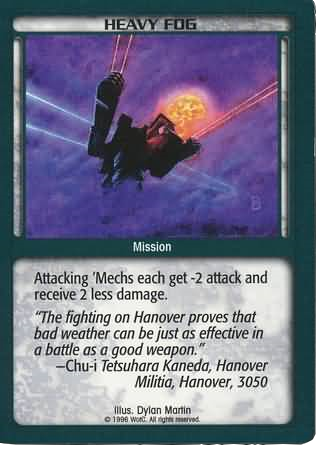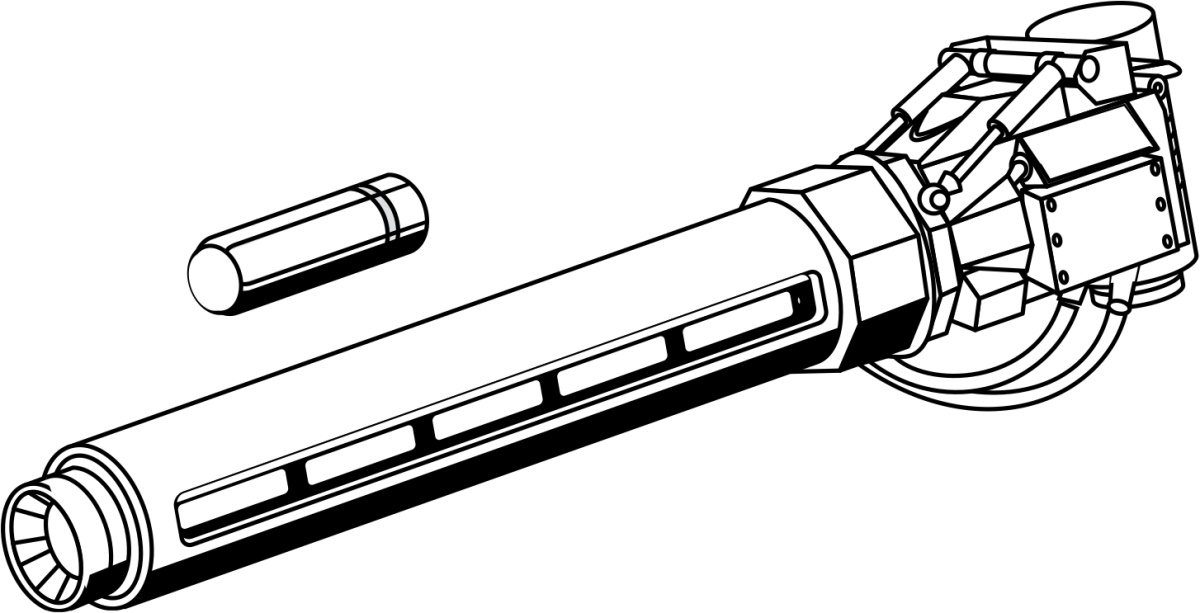Harlock
I should have expected that really
Harlock's also got his figures all wrong there. He claims the shells for a NAC/40 are 0.8 tons each but they're actually 6 tons for 5 shots, well over 1 ton each.
Figures are from the wiki which tells us ammo storage is five rounds for six tons. Thats not five rounds weighing six tons each, its five rounds that weigh six tons total. Or 800kg per round. roughly equal to high calibre real world naval rounds.
As I'll note, you don't supply a single picture to back up your claims or timeline. There's a reason for this.
I just used the video, I could have time stamped it I suppose but the sequence is pretty clean to see.
Keep the line I bolded in mind though, it'll get important in this next part.
There's no inconsistency between the visuals and the dialogue, only claims made up by fanboys trying to salvage their pet universe. Your Casaba Howitzer theory doesn't actually fit what we see, though. We see a glow but we see no rush of asteroids or debris towards the Black Star, nor anything striking it. Actually, let's take a closer look at it.
Ahh, condescension, how lovely. Especially looking at your McKenna stats. Unfortunately your own sources here still don't help your initial position.

So here we go a couple of frames after the nuke cooks off. As we can see, there's a rush of energy that isn't instantaneous.
Well that's the problem isn't it? When a nuke detonates in space the energy is instantaneous. The X-rays are moving at light speed and they are the only direct energy released by the bomb. You sourced Atomic Rockets which is very clear on this fact. They are also of course invisible, you would only be aware of their existence by looking at the effect they have on material around them.
X-Rays in a vacuum do not create a relatively slow moving wall of visual energy, that is just impossible. What you are seeing there is not the direct energy from the bomb, by this part of the sequence its already gone, its done what its going to do. The X-Rays have already struck the rocks, the dust, the ship, it should be all over the Black Star the absolute instant that bomb goes off. Thats how nukes in space work according to your own source.
If you can see a visual wave, and we see two distinct ones, thats not 'energy' and certainly not the X-rays released by the bomb, it is some form of matter reacting to the bombardment by X-Rays. In an atmosphere it would be gases in the air, here its dust and rocks. In hard vacuum it would be nothing, no visual clue to the energy release whatsoever.
As I stated the visuals do not support x-rays being the mechanism, and if you want me to believe they are you need to explain why X-rays can be suddenly seen and why they are moving so slowly.
So there you have it, the initial burst vaporized half the Black Star.
Unfortunately it didn't, because the initial and indeed only burst of energy any nuclear weapon is going to release is X-rays moving at light speed which would have a very clear and immediate effect on the target. No such effect has been observed, and you make no mention of it yourself.
We can also be sure this scenario didn't involve any atmosphere or large masses of asteroids, because this happened in between Jupiter and Mars and we know what that asteroid field is like. At best Sheridan took cover near a small cluster but there's no atmosphere there, not much dust, and nothing like the massive field we'd need to justify some magical casaba howitzer effect.
In real life, sure the asteroid belt isn't dense, but we can see very clearly this asteroid belt is exceptionally dense. That isn't accurate to life, but it is consistent with the visuals shown on screen and that is where we are going.
Personally I don't think the visuals are great either, but we have to fit the explanation to what we see. The energy from the bomb is invisible, the light you see isn't pure X-ray energy, it defies all laws of physics. It must be physical matter of some description heated and propelled by that invisible energy. It cannot be anything else. The only matter there must be related to the asteroids, so thats what I'm going with, but I'm open to other theories.
I see an explosion on the hull, no indication it penetrated. I'll point out those same fighters fired directly into the blast doors of B5 CnC which should be much thinner metal and did nothing to it.If you have a canon source that shows higher figures I'm open to it. However I'll note, fighter weapons are also able to rip rather nasty holes in other B5 ships with single shots. Therefore the armor in question must be vulnerable to 200-megawatt pulse cannons. We see one strafe and tear through such armor here, f'rex:
There are several other such incidents in that clipshow.
We can also look at the effects of BT weaponry in comparison.
So we can reasonably conclude that a BT infantry weapon is several times stronger than a B5 antifighter weapon, and their antifighter complement is going to get ripped apart soundly if they engage any BT fighters (Which also have vampire armor.)
This is where we are going to start to run into problems with game mechanics. As I understand it there is no difference using these weapons in varied environments. There are I think rules for the heat sinks but not the actual weapons fire. So there is no difference firing a laser in a desert, or a swamp, or an urban battlefield, or high altitude on a fighter.
But we know that there are differences, we know humidity is going to ablate that laser or plasma shot, we know dust in a desert or city will affect it, we know air density, and gravity, and specific compositions are going to affect it. We know range is going to affect it, we know vacuum affects it.
These are all things to consider when working out the energy that strikes a given target, and none of these things can be covered in game mechanics. The game is designed to be played, not to offer a scientifically accurate vision of future combat.
So when you tell me a weapon vaporises a block of armour and that armour weighs however much, no it doesn't. It doesn't vaporise a perfectly neat mass of metal corresponding only to one defined section, it would be the fluke of all flukes if it did that, and to do it over and over again? And does it then melt surrounding armour as it must? What about spalling and impulse damage from flash boiling a chunk of the unit? What about weakening other materials around it from the shock, or the machine falling on its arse thanks to the thrust effect of so much metal becoming a gas? What about the dudes stood nearby?
There's a lot of questions and game mechanics can't answer that or address it, the book would be too long and take too long to play. Lore books and novels can, which is why they tend to be valued more.
Oh no you don't, cheater. You get to use canon. The board game is primary canon to BT. It's stated explicitly by the devs that in cases of conflict, the rules override the fiction.
B5 Wars is canon, JMS himself said so in the foreword, he even used the word canon which is very specific. I tend to avoid it because of the reasons stated above, game mechanics aren't as well considered as other forms of lore, but it is indeed canon.
You'll need to establish that the B5 Games are canon at all before you can use them, then establish that they can override the show's dialogue and visuals. Now I'd be perfectly willing to use the BT books as well, providing the canon rules are followed, but you're just making a vague insinuation here. Present your book quotes and we can examine them.
Or heck, I'll do the work for you, you seem to be going the "Make allegations and never bother to prove anything" path anyway.
Tall words from someone who can't figure out how nukes work in a vacuum when it was in your own source
If I was to use the games I'd do something like taking a scene from the show, say the Mars shuttle in endgame which gives us very high end acceleration figures. I'd use the game to see what stats that shuttle has, then see how it compares to other units. So if the shuttle worked out at a thousand g acceleration and an Omega had half its thrust stats in the game that gives me 500g's.
To me that sounds crazy, but it would be canon under the game system and an example of why I am wary of taking game mechanics at face value.
Of note, the Sabre Cat was an Essex, a small destroyer vastly weaker than the McKenna. Maybe five of those could take a McKenna if it was having a bad day. Still, in minutes it was able to turn a city of a million people into a scar of molten glass and boil a river away completely. What comparable feats do you have for the Omega?
If we use the low end figures and assume the target is made of iron we get a low end of 43kt per sec for the beams, that will do the job in seconds, not minutes.
or we can use the big chin guns
152kt per shot at low level. Those stats are probably higher as an Omega isn't iron, but as you use iron as a base its fair to do the same.




